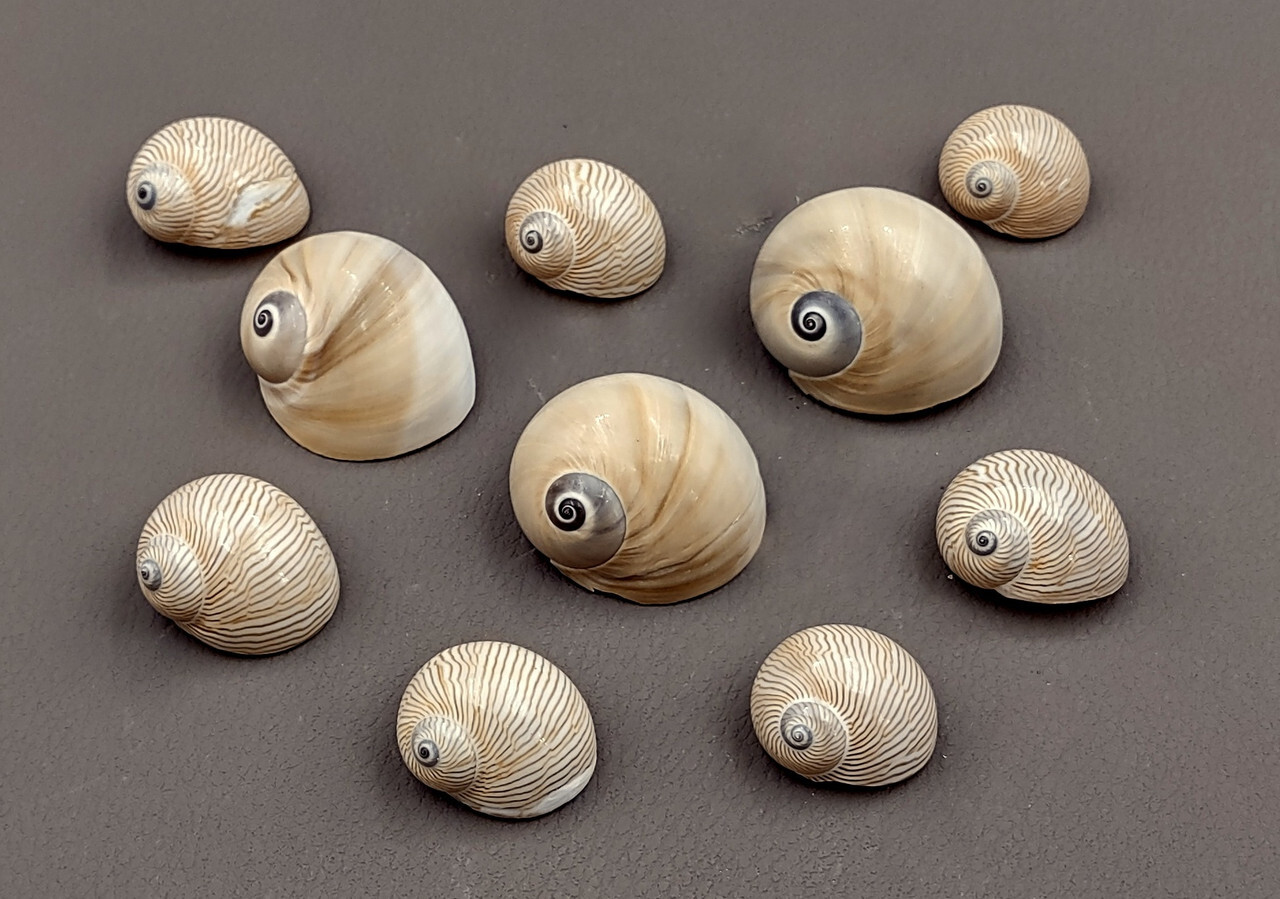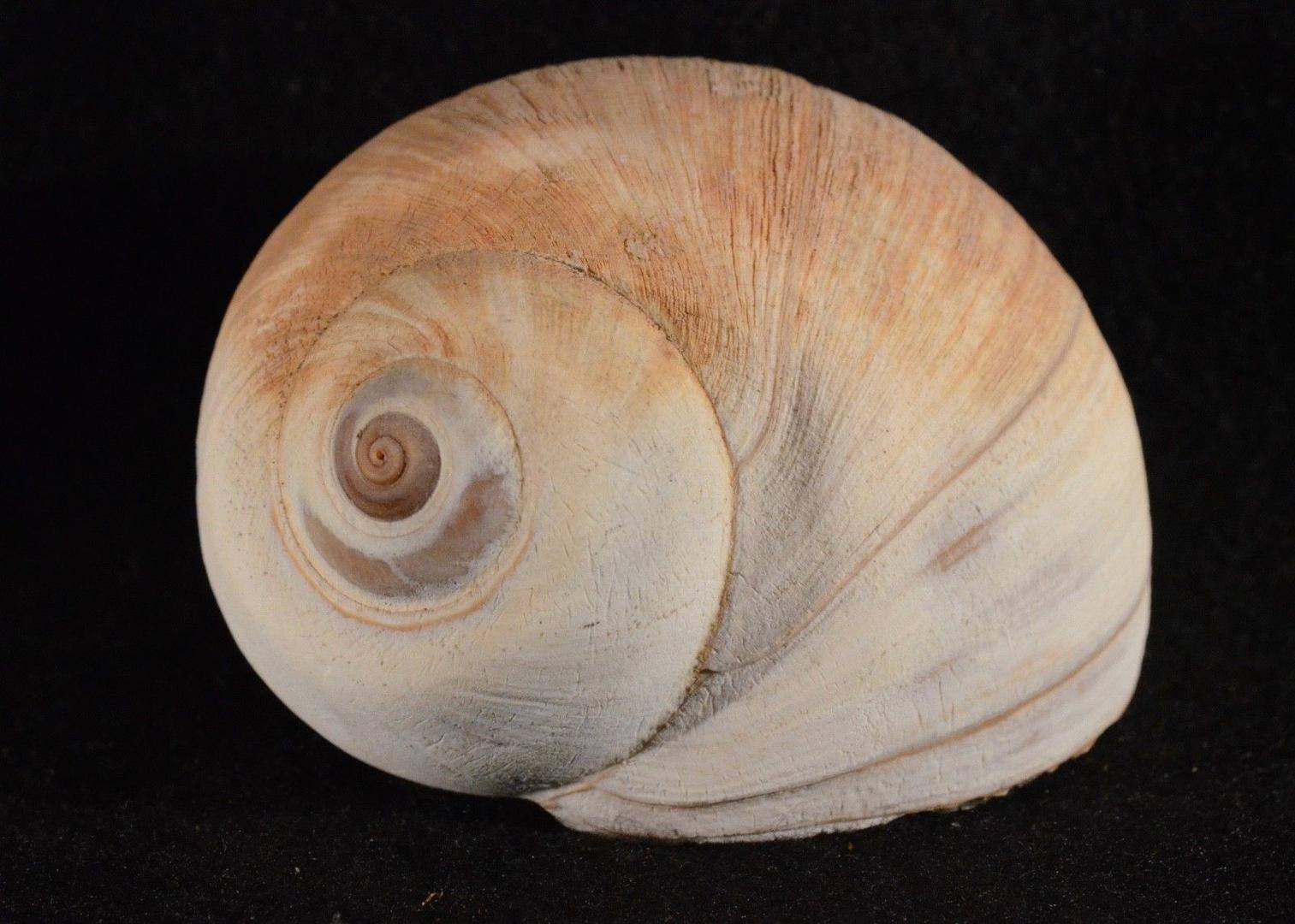Are Seashells Secret Agents? What’s With All the Fake Names?
seashell Supply on 12th Sep 2025
Have you ever been curious about a shell you have found, or want to find and buy, and searched the internet to find said shell based on what it looks like? Maybe you have enough conchological knowledge to identify the shell as a snail shell or a clam shell. Maybe you know the area the shell you are interested in tends to come from.
You narrow your search. Perhaps you find some candidates. But it gets frustrating fast. You will probably find a collection of images, some of which look like the shell you are interested in. That collection of images will often include the name of the shell. And that name is….. five or six different names. Perhaps you search the taxonomical name of a shell you think may be right. You look at several images. Some look kind of like the shell you are curious about, others look very different. Maybe you go onto some websites and discussion boards only to find more images of shells in people’s hands with different names or different images all jumbled.
Why are these shells so hard to identify? Should we be concerned? What are they trying to hide? Taxonomy generally follows the Linnaean system, where an organism can be categorized as a species, which belongs to a genus, which is part of a family, which is in an order, then a class and, finally, a phylum which belongs to one of the kingdoms. And this long road to a scientific name is the problem.

Take Moon Snails as an example.
A Moon Snail spends most of its time buried and ploughing through the sandy substrate, in search of clams or even other snails. All Moon Snails are predatory, and they subdue their prey by enveloping it in their large foot and then proceeding to “drill” a hole through the shell. With the aid of acidic enzymes and a very competent radula (a kind of tooth-covered tongue), Moon Snails create very neat, countersunk boreholes. Once the hole is completed, the contents of the shell are consumed via a proboscis. They are found world wide, are very common in tropical waters, but are found just about everywhere including arctic and Antarctic waters.
Great. So that’s a Moon Snail. Their FAMILY is called Naticidae.
The largest Moon Snail is the Lewis’ Moon Snail. Have a look at how its taxonomy is described on Wikipedia.
Neverita lewisii (previously known as Polinices lewisii, Lunatia lewisii, Euspira lewisii), common name Lewis’s moon snail, is a species of large operculated sea snail. It is a predatory marine gastropod in the family Naticidae, the moon snails. Traditionally, this species was assigned to either the genus Lunatia, the genus Policies or the genus Euspira. Recently, it was assigned to the genus Neverita based on molecular data.
All of that confusion, and that’s for a shell that should be easy to identify at first glance because it’s the largest of its family and it lives in a fairly distinct area (Baja California to British Columbia).

So why is it so hard to identify shells? The easiest answer is that we are still constantly learning new things about these animals. DNA and genetic testing have added a whole new universe of information to the mix. Here are some of the major reasons shell taxonomy, and thus correctly identifying a shell, is difficult.
- Looks Can Be Deceiving
- Many shells look alike but belong to entirely different families. This has always been a problem since, from the start, most seashells were classified by how their shells look.
- Conversely, shells from the same family can appear wildly different.
- This is because modern taxonomy relies less on shell shape and more on the mollusk’s internal anatomy and genetics
- Old Names vs. New Science
- Taxonomy began with Linnaeus in the 18th century, based on visible traits.
- Now, DNA analysis and evolutionary relationships (phylogeny) are key.
- That means names and classifications get updated—often, and not always consistently.
- Too Many Levels
- The hierarchy is intense: Kingdom, Phylum, Class, Order, Family, Genus, Species… plus subfamilies, superorders, infraorders, and more.
- A single shell might have multiple synonyms depending on the source or era
For example, here’s a list of the synonyms for the Pallid Moon Snail:
Euspira canonica Dall, 1919
Euspira politiana Dall, 1919
Lunatia choshiensis Tiba, 1985
Lunatia pallida Broderip & G. B. Sowerby I, 1829
Natica borealis Gray, 1839
Natica caurina Gould, 1847
Natica groenlandica Möller, 1842
Natica pallida Broderip & G. B. Sowerby I, 1829 (original combination)
Natica pusilla Gould, 1841
Neverita politiana Dall, 1919
Polinices (Lunatia) pallida Broderip & G. B. Sowerby I, 1829
Polinices groenlandica [sic] (incorrect gender ending)
Polinices groenlandicus Möller, 1842
Polinices pallidus Broderip & Sowerby, 1829
- Morphology Isn’t Enough
- Shell texture, color, and shape aren’t always reliable indicators of evolutionary relationships.
- Two shells that look identical might have different feeding habits, habitats, or internal structures.
- Global Variation & Local Naming
- Regional collectors and databases sometimes use different names for the same species.
- Language differences and historical naming conventions add to the mix
So the simple answer is that this identity crisis exists because as you travel down the route of the Linnaean system there are more details that are being updated and reclassified by science and by people in various areas of the world. Every time this happens there is the opportunity to make a mistake or variation. That mistake is then fixed. All of this mess, for all of these details, exists out there in old books, new books, and on the internet.
And everyone who is trying to correctly name that shell they want to post an image of on the internet is subjected to this tempest of information.
One solution to the problem is to simply not care. Unless you are doing scientific research, working in a museum, or trying to sell very expensive specimen shells mis-identifying a shell you like is not going to dampen your enjoyment of that shell. And if you are looking for a particular shell you can find it by looking at images online or shells at seashell collector shows or stores.
But if you are really looking for a correct identification of a shell you have found we would recommend contacting an organization like the Conchologists of America or the equivalent where you found the shell. They may be able to help you or they can point you towards discussion boards full of shell lovers who can lend a hand. We would also look for seashell collector groups in the area you found the shell. It can be fun sleuthing your way through this problem and you may even make some new friends!

